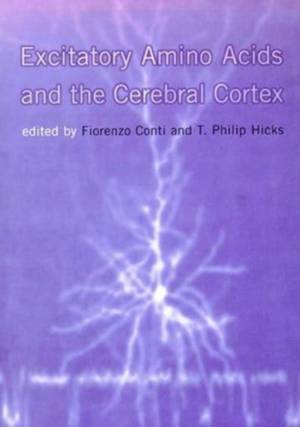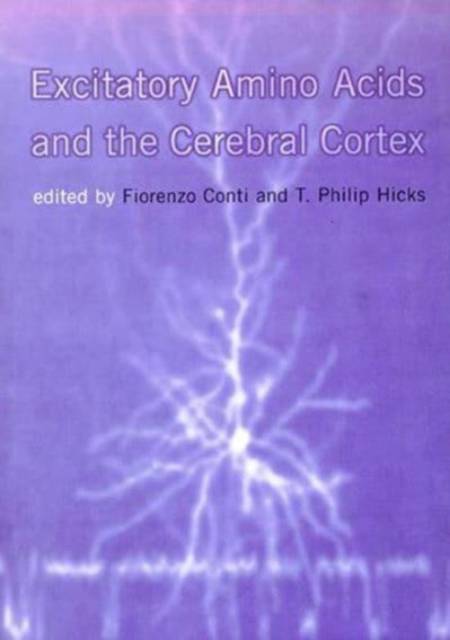
- Retrait gratuit dans votre magasin Club
- 7.000.000 titres dans notre catalogue
- Payer en toute sécurité
- Toujours un magasin près de chez vous
- Retrait gratuit dans votre magasin Club
- 7.000.000 titres dans notre catalogue
- Payer en toute sécurité
- Toujours un magasin près de chez vous
Excitatory Amino Acids and the Cerebral Cortex
Description
The thirty original contributions in this book provide an up-to-date, interdisciplinary account of current research activity in all aspects of excitatory amino acid transmitters, particularly glutamate and aspartate, in the context of the structure and function of the cerebral cortex in health and in disease. It has recently become clear that the excitatory amino acids and their receptors are critically linked to normal processes of development and synaptic transmission, and to learning and memory, as well as to identifiable disease processes such as Alzheimer's disease, epilepsy, and cortical damage due to stroke/ischemia. Moreover, the pharmacological nature and chemical structures of many of the receptors and binding sites for these synaptic mediators and their modulators are becoming known, thereby enabling the cloning of each receptor subtype. Such advances may help immeasurably in the identification of endogenous ligands for the amino acid receptors and the development of pharmaceuticals and other therapeutic interventions in coming years. The topics are dealt with from electrophysiological, biochemical, anatomical, pharmacological, clinical, and behavioral perspectives to provide a thorough account of the functional roles played by these compounds in the part of the brain dealing with higher processes. The material is broad-based yet presented in a style that allows clinical and basic scientists alike easy access to integrated material across chapters and between sections.
Spécifications
Parties prenantes
- Editeur:
Contenu
- Nombre de pages :
- 506
- Langue:
- Anglais
- Collection :
Caractéristiques
- EAN:
- 9780262524964
- Date de parution :
- 07-08-96
- Format:
- Livre broché
- Format numérique:
- Trade paperback (VS)
- Dimensions :
- 178 mm x 254 mm
- Poids :
- 1156 g






